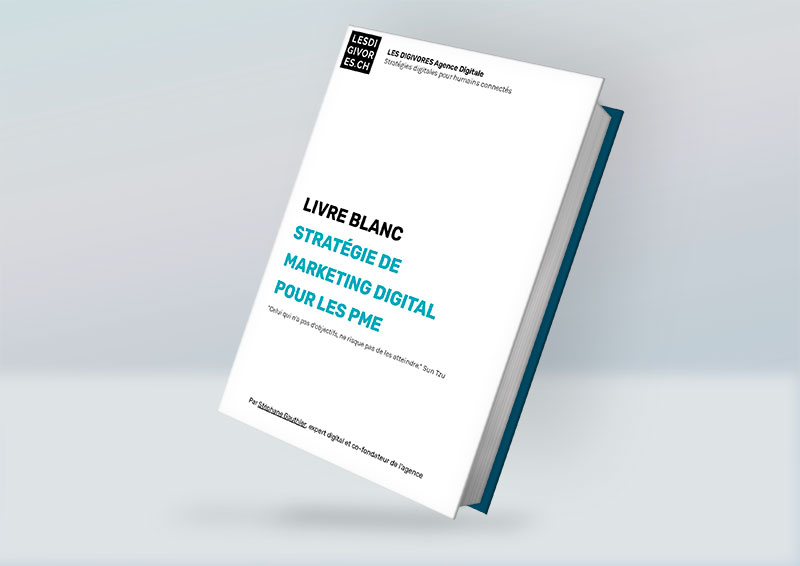Authenticity: The key to marketing success in 2024

In the year 2024, marketers face a rapidly changing landscape. Shaped by constant technological advances, changing consumer expectations and rapid cultural evolution. To successfully navigate this dynamic context, it’s imperative to understand and embrace emerging branding trends.
Strategies for authenticity.
To remain competitive in 2024, authenticity cannot simply be an aspiration. It must be integrated into the very heart of the branding strategy. Here are a few key strategies for embodying authenticity in all facets of your brand:
1. Listen carefully to your audience: The first step to being authentic is to really understand your audience’s needs, values and concerns. Use data collection tools, conduct surveys, and above all, actively listen to your customers’ feedback on social networks and other channels. This in-depth understanding will enable you to adapt your message and actions to better meet their expectations.
2. Be transparent: Transparency is essential to building trust. Make sure your business practices, production processes and policies are clear and accessible to your audience. By being open about your successes, but also about your challenges, you strengthen your brand’s credibility and build strong relationships with your customers.
3. Stay true to your values: Identify your brand’s core values and ensure that they are integrated into everything you do. Don’t give in to the temptation to follow passing trends or adopt positions that are not in line with your principles. Consistency between your declared values and your actions will reinforce the authenticity of your brand in the eyes of your audience.
4. Get actively involved: Show your audience that you really care about the issues they care about. Get involved in social and environmental initiatives. Support causes that are important to your community. Be prepared to defend your convictions, even if it means taking controversial positions. Authentic engagement helps to strengthen emotional ties with your audience and build long-term loyalty.
5. Tell your story: Every brand has a unique story to tell. Use your story to create emotional connections with your audience and illustrate your brand’s values and personality. Let your authenticity shine through in your stories, highlighting challenges overcome, successes celebrated and lessons learned along the way.
Conclusion
Authenticity is emerging as an essential driving force in the world of marketing in 2024. Consumers are looking for brands that are more than just sellers of products or services. They are looking for genuine partners who share their values and are actively involved in causes close to their hearts.
For marketers, this trend offers both challenges and opportunities. By integrating this into the heart of their branding strategy, they can not only win the trust and loyalty of their audience, but also stand out from the competition and create lasting relationships with their customers.
However, embodying it is not an easy task. This requires an ongoing commitment to listening, being transparent, staying true to our values and actively engaging with our community. It also requires telling an authentic story and creating customer experiences that resonate with the brand’s identity.
Yet, despite the challenges, it offers a path to more meaningful, more human marketing. By embracing this core value, marketers can create brands that transcend mere business transactions to become truly positive forces in their customers’ lives.
Ultimately, authenticity isn’t just a marketing strategy; it’s a way of life for brands that aspire to lasting success and deep, meaningful customer relationships. By following this path, marketers can shape a future where authenticity is the norm, not the exception. And where brands and consumers thrive on relationships based on trust, transparency and sincerity.





